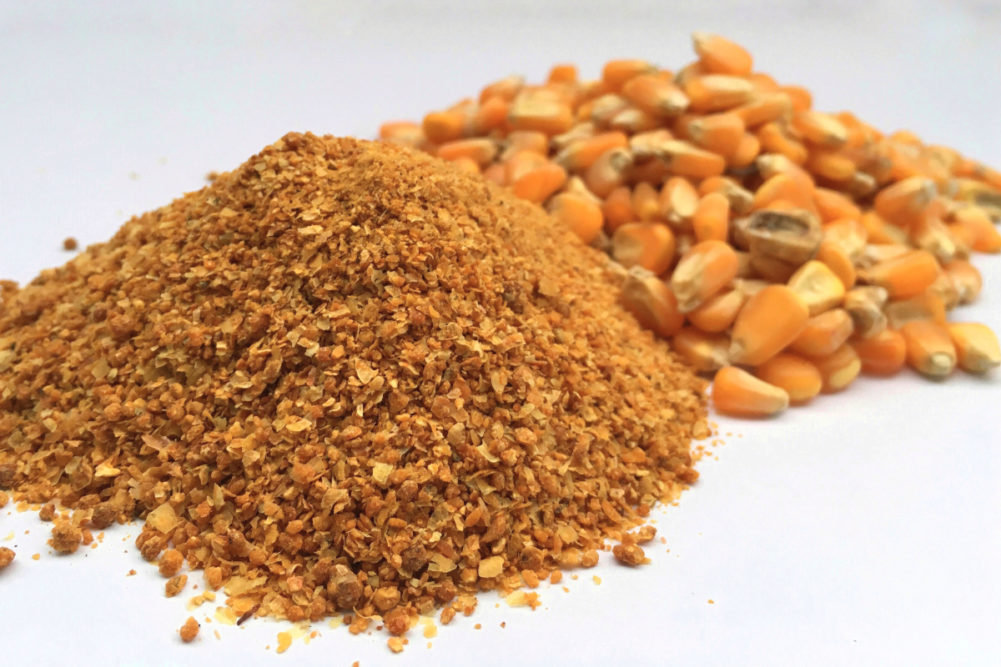KANSAS CITY, MISSOURI, US — Should expectations for a large corn crop be realized, corn prices may be low well into 2021. At the same time, an anticipated increase in ethanol production as plants come back online after a devastating several weeks was expected to result in larger supplies of dried distillers grains with soluble (DDGS). The larger corn crop and the increased supply of DDGS will weigh on millfeed prices for the rest of 2020, a veteran analyst said.
Midds prices also will be affected by the return to normal levels of meat production and consumption following the peak coronavirus (COVID-19) pandemic, said Ankush Bhandari, vice president of economic research, Gavilon Group, Omaha, Nebraska, US.
Bhandari spoke to purchasing executives and others in the food industry during the June 1-2 Sosland Purchasing Seminar Web Series.
Overall feed demand declined with the onset of the COVID-19 pandemic as stay-at-home mandates from governments across the country closed restaurants or forced them to shift to carry-out or delivery only. The result was a decline in demand for meat and poultry.
At the same time, temporary meat processing plant closings because of workers contracting COVID-19 reduced supply.
As the country’s economies continued to slowly awaken and meat processing plants reopened, demand and production of meat have rebounded. But for now, cattle kills remain about 10% away from optimum levels, and hog kills are about 15% to 20% off the optimal pace, Bhandari said.
Bhandari said if, as some economists have suggested, the United States experiences a V-shaped economic recovery, many of the waiting cattle, hogs and broilers will see placement at slaughter plants by the end of the summer and during the balance of the year.
If that’s the case, total slaughter capacity may be back online and animal numbers return to record levels by fall, he said.
Meanwhile, the 2020 corn crop was expected to yield abundant supplies, which was likely to lead to cheaper prices, keeping that grain a top contender for inclusion in feed formulations. DDGS was expected to make up a much smaller portion of feed than is typical for fall/winter months, especially if US drivers don’t return to normal driving patterns after the pandemic subsides.
Wheat is not presently in feed rations. Wheat ground for flour was expected to rise to record levels next year, Bhandari said, strictly on increased population, not due to an increase of use per capita consumption.
In responding to a webinar viewer question, Bhandari said traditional corn-millfeed price relationships are likely to be maintained beginning in late-summer and early fall “once we have a good handle on the record supplies of corn that are coming at us.”
The Sosland Purchasing Seminar Web Series was held in lieu of the traditional three-day conference, which was canceled due to COVID-19. The Purchasing Seminar returns to Kansas City June 6-8, 2021.
Follow our breaking news coverage of the coronavirus/COVID-19 situation.






